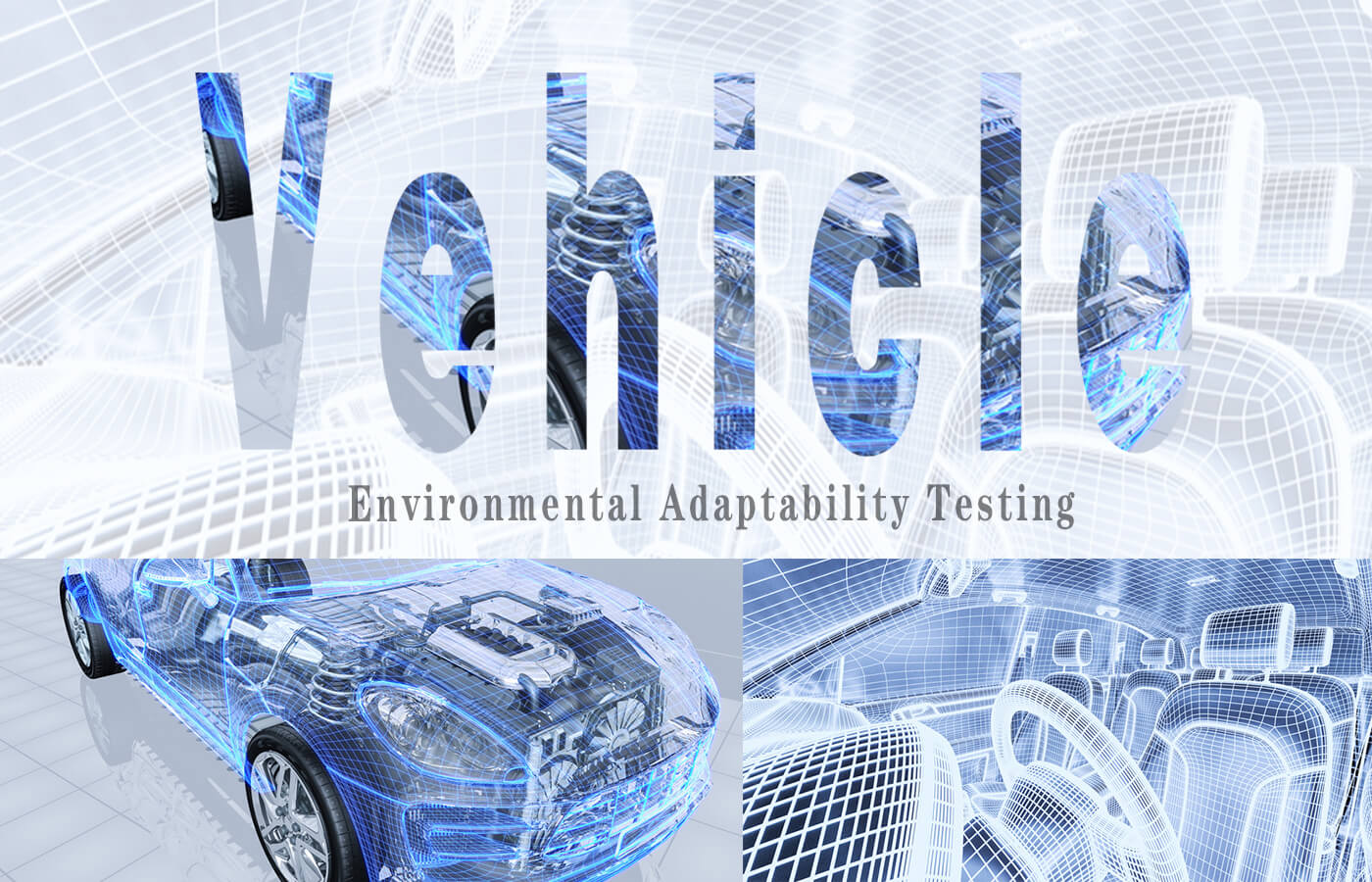A car, from design to mass production, needs to go through a series of tests before it can be finally released for sale. In daily use, due to the complex and changeable outdoor weather and environment, the environmental adaptability of the car is highly required. Regardless of whether it is a traditional fuel vehicle or a new energy vehicle that has become popular in recent years, the vehicle environmental adaptability test is an essential part of automotive testing.
What is Vehicle Environmental Adaptability?
Vehicle environmental adaptability refers to the ability of the car to be used normally without damage under various environments such as temperature, air pressure, sun, wind, sand, and humidity.
How to Test the Environmental Adaptability of the Vehicle?
There are two ways to test the environmental adaptability of cars, one is to test in the natural environment, and the other is to use laboratory environmental simulation chambers for testing. Typically, both testing methods are used.
Types of Vehicle Environmental Adaptability Tests
Temperature and Humidity Test: Due to seasonal changes and different climates, temperature and humidity tests are indispensable. Temperature tests (temperature shock test, temperature cycle test, high temperature aging test) can evaluate the impact of different high temperature and low temperature environments on the performance of automotive and auto parts. The humidity test can evaluate the adaptability of auto parts to different humidity environments, especially in areas with high humidity.
Salt Spray Test: There are many materials in auto parts that are easily corroded by the atmosphere, such as metals. Using salt spray test chambers to evaluate the corrosion resistance of the materials used in the car.
Rain Test: In the outdoors, it is inevitable to encounter rainy days. Therefore, it is very important to do a rain test. The rain test chamber can simulate rain conditions and test the airtightness of the car shell.
Sand and Dust Test: Expose the car to dust, sand or other particles to test the car’s ability to withstand and operate normally in a sand and dust environment.
UV Test: UV is one of the main factors that cause the aging of automotive materials, so it is important to conduct UV aging tests. Evaluate the durability of automotive materials using a UV aging chamber to simulate solar exposure.
Altitude Test: Today, Travel has become a way for people to enjoy life, and the beautiful scenery at high altitudes attracts many people to go there. Therefore, the high-altitude test of cars is indispensable. Test the performance changes of automotive components by simulating low air pressure conditions at high altitudes. In order to ensure the normal operation of the car in high altitude areas.
Conclusion
As a major tool for people to travel, the performance of a car not only determines the experience of car users, but also affects people’s safety. Through vehicle environmental adaptability testing, which can help car manufacturers enhance automotive performance and create better products.
The tests mentioned above are only part of the car tests. Regarding automotive testing equipment, welcome to contact KOMEG to design an automotive testing solution for you.

